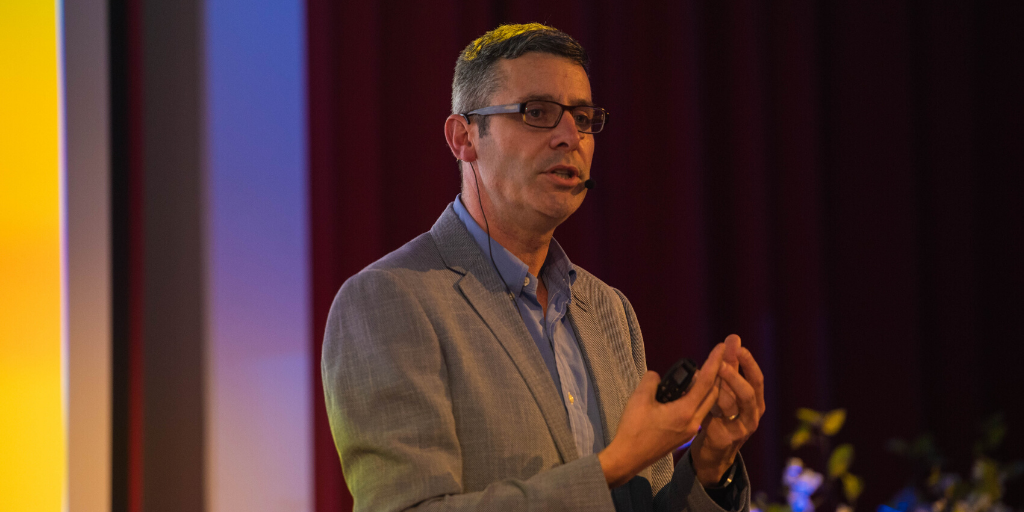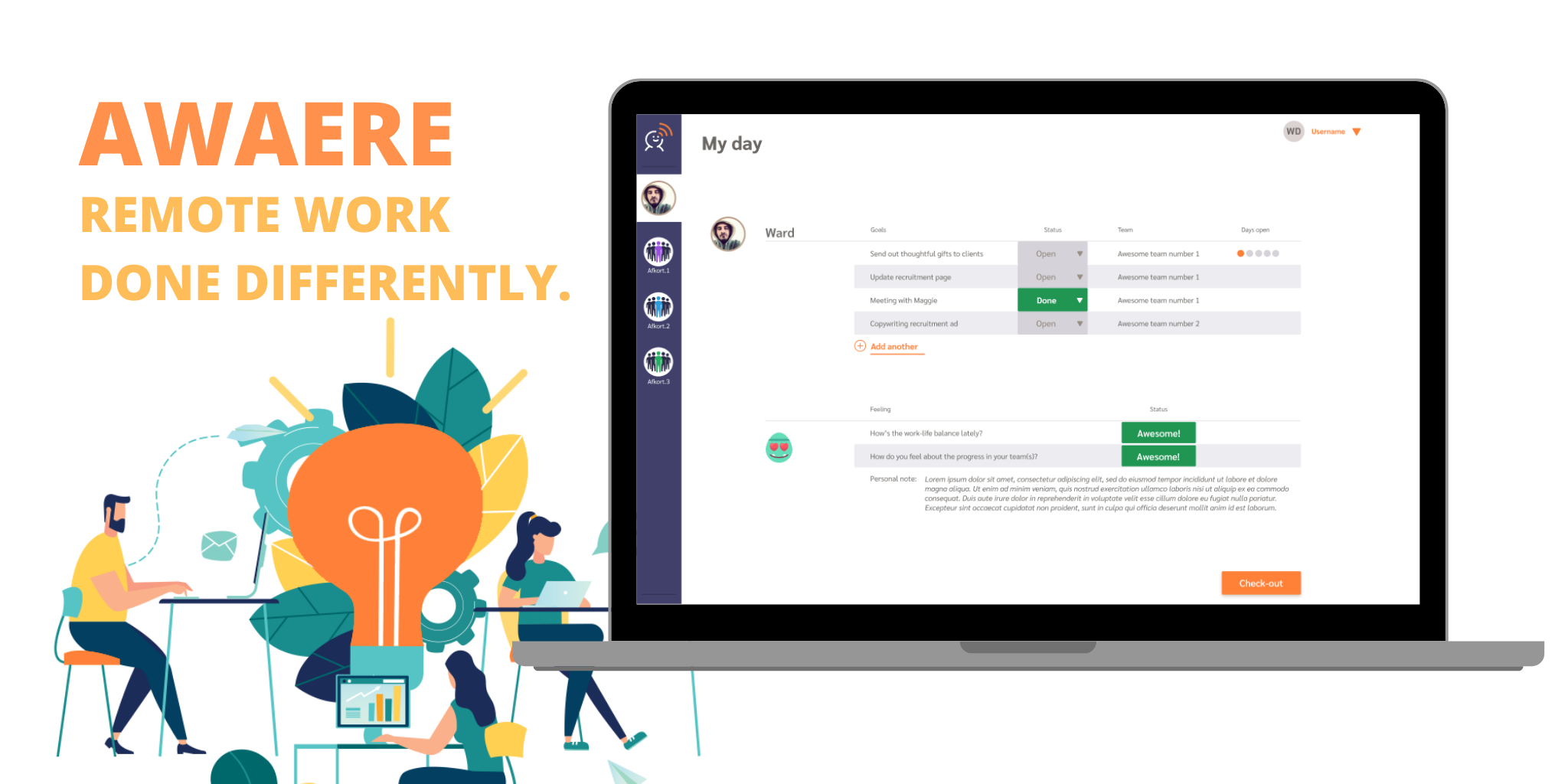Although there are many ways to fill in an enterprise architect position in your organization, it is often associated with strategic and long-term planning rather than intervening on an operational level during a crisis. Stef Devos, Director Portfolio Management at AE, explains how Enterprise Architecture and Crisis Management go hand in hand during this crisis.
.png?width=900&name=Ontwerp%20zonder%20titel%20(78).png)
Crisis Management focuses on quickly setting the right priorities, listening to experts and unhesitatingly using their advice to take action. All these steps are followed by a period of measuring continuously, making gradual adjustments and above all else communicating to provide restfulness and perspective to the organization.
It is at this phase, an enterprise architect proves to be valuable. After all, in uncertain times it is of utmost importance to maintain an overview of all activities, to bring structure to the short & middle term actions and to leverage the lessons learned which bring you from a fire fighting modus to a fire prevention modus.
This is exactly what we did at AE during the last month. We asked ourselves three questions. Each with their own time horizon:
- What should we do now to limit the impact of the corona crisis on ourselves?
- What additional actions can we take on short notice, to help our clients?
- Should we (immediately) put the currently running long term investments on hold?
We tested if each measure we took, to cope with the corona crisis, was in line with the strategy we updated last year. Moreover, we looked at the strategy itself:
- Is this strategy still relevant in a post-corona era?
- How are we going to realize our strategy given the fact that we are confronted with a “new normal”?
After the strategic review we started with an accelerated execution of our strategy.
In terms of communication we used recognizable structures: stop doing, keep doing & start doing things. Clearly defining these three workflows, was greatly appreciated by the organization and brought peace amongst our employees.
In these challenging times, we were able to build on AE’s strengths: agility, teamwork, pragmatic thinking and determination.
Didn’t we act in a ‘different’ way? Sure we did!
- In order to carefully monitor our activities in a fact-based manner and to be able to adjust things progressively, we started focusing increasingly on measuring. Before, we sometimes dared to make decisions based on our gut feeling without making our assumptions explicit. This proved to be inefficient for adequately adjusting our actions.
- We started working more action-driven. To accelerate some of our crucial processes, we changed the consensus-based decision model to a consent-driven.
These two goodies are there to stay in our future operations.
Enterprise Architecture and Crisis Management: a surprisingly successful combination!






